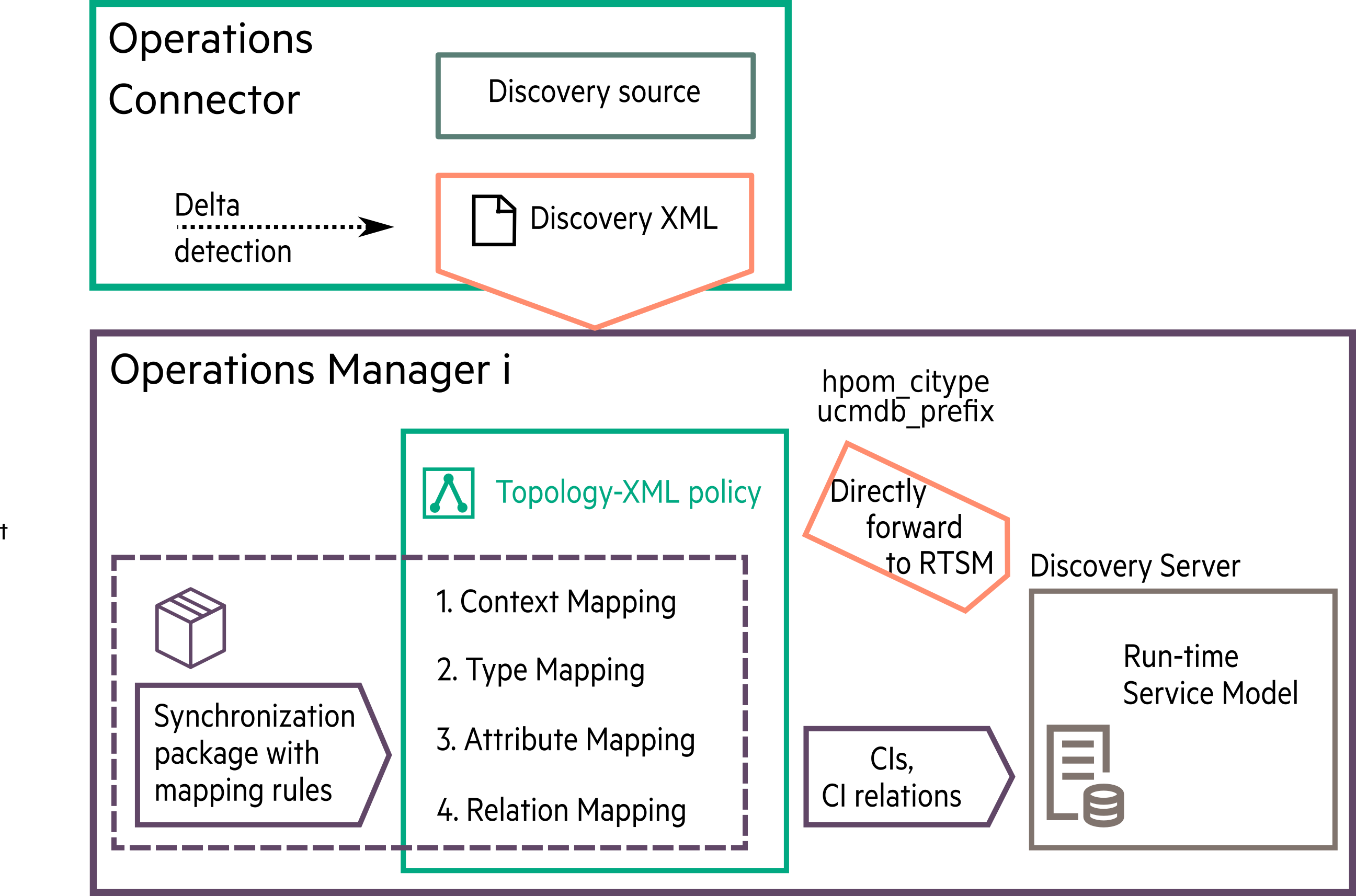Searching the Help
To search for information in the Help, type a word or phrase in the Search box. When you enter a group of words, OR is inferred. You can use Boolean operators to refine your search.
Results returned are case insensitive. However, results ranking takes case into account and assigns higher scores to case matches. Therefore, a search for "cats" followed by a search for "Cats" would return the same number of Help topics, but the order in which the topics are listed would be different.
| Search for | Example | Results |
|---|---|---|
| A single word | cat
|
Topics that contain the word "cat". You will also find its grammatical variations, such as "cats". |
|
A phrase. You can specify that the search results contain a specific phrase. |
"cat food" (quotation marks) |
Topics that contain the literal phrase "cat food" and all its grammatical variations. Without the quotation marks, the query is equivalent to specifying an OR operator, which finds topics with one of the individual words instead of the phrase. |
| Search for | Operator | Example |
|---|---|---|
|
Two or more words in the same topic |
|
|
| Either word in a topic |
|
|
| Topics that do not contain a specific word or phrase |
|
|
| Topics that contain one string and do not contain another | ^ (caret) |
cat ^ mouse
|
| A combination of search types | ( ) parentheses |
|
Topology Policies and Topology Synchronization
Topology synchronization enables you to filter the discovered data on the Operations Connector system before sending it to OMi for further processing and mapping on the discovery server.
The discovered data must be available in an XML format that conforms to the Operations Connector topology discovery syntax. To create the XML, write a discovery script or program (using your preferred scripting or programming language) that generates the XML file.
The XML file or REST Web Service topology policy then reads the XML data. Data from the discovery XML can be either sent to RTSM directly (if it complies to the RTSM data model and is marked correctly) or transformed with mapping rules to CIs and CI relations that comply with the RTSM data model.
To configure the transformation, create a topology synchronization package and include the necessary mapping rules. You then configure the XML or REST Web Service topology policy to apply the synchronization package to the discovery XML file.

Delta detection
A delta file is the difference between the input file and the data in the repository and includes only the minimum of information about the changes: new and changed instances and relations and instances and relations that need to be deleted. Instances are deleted only if they reach their aging limit.
If delta discovery is not enabled, no delta detection is done and the incoming topology file is directly sent to the topology server.
Aging of topology items
If an instance is not reported on several runs in a row, it will age, that is it will be marked with a counter. The counter goes up each time when the algorithm is running (this depends on the interval and the last time the file was written or sent via web service).
Once the aging limit (number of runs when it was not found) is reached, the instance will be deleted. You can configure the aging limit in the policy.
Related topics
We welcome your comments!
To open the configured email client on this computer, open an email window.
Otherwise, copy the information below to a web mail client, and send this email to ovdoc-asm@hpe.com.
Help Topic ID:
Product:
Topic Title:
Feedback:





